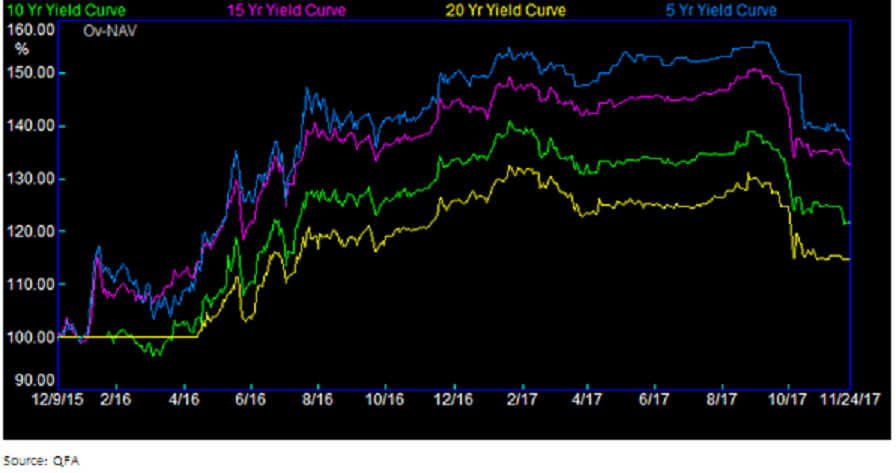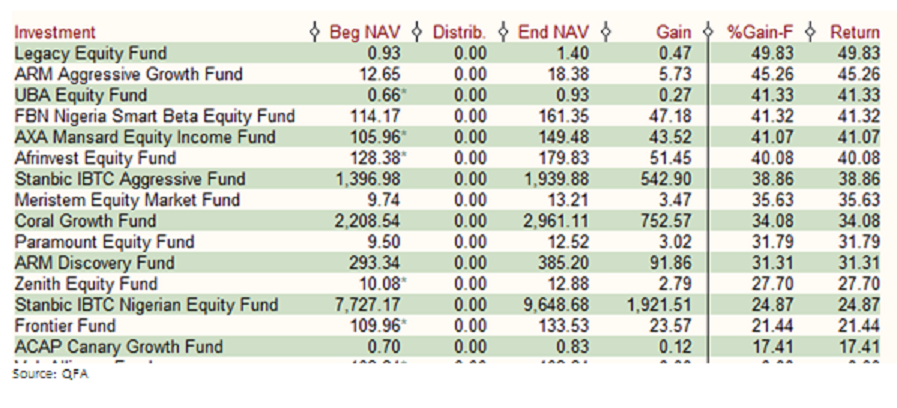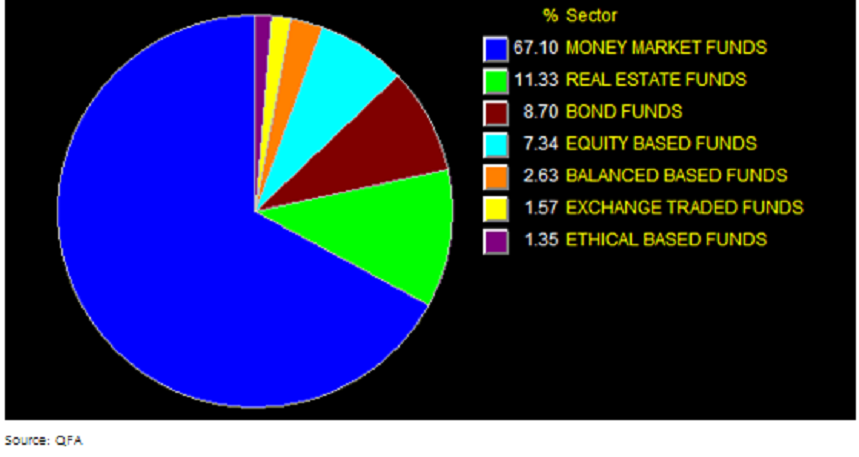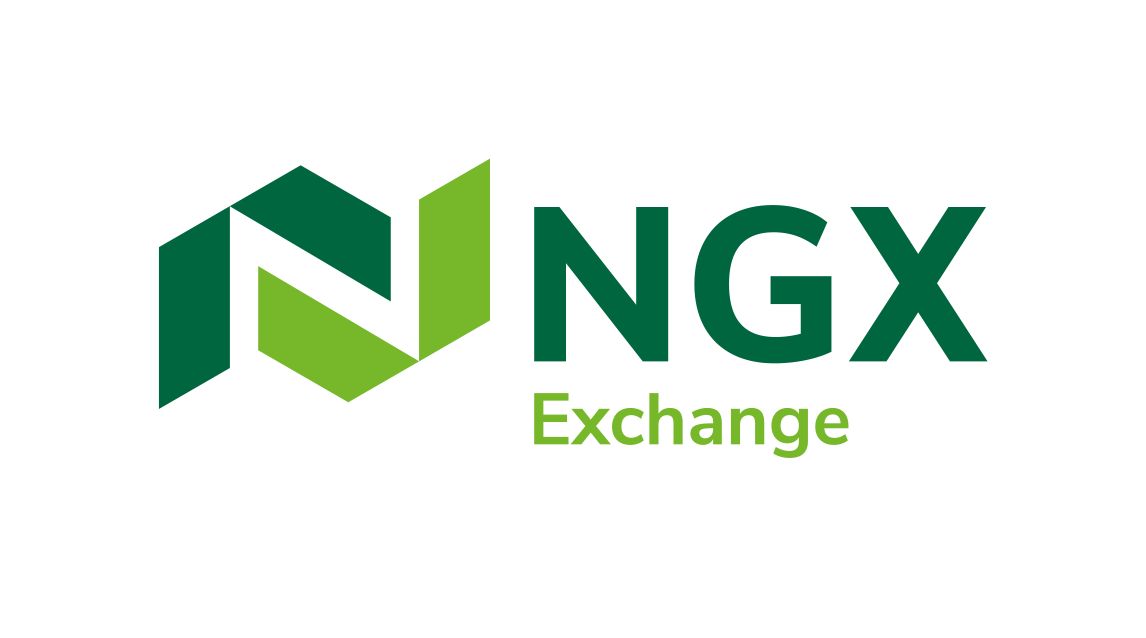By Quantitative Financial Analytics
The Securities and Exchange Commission (SEC) just released its latest compilation of mutual funds NAV.
As projected by analysts at Quantitative Financial Analytics, the combined net asset value of Nigerian mutual funds has crossed the N400 billion mark. How the NAV got so big is a discuss of another article, however, fund type analysis of the mutual funds’ assets points to one troubling indication.
That analysis, which was based on the NAV Summary report as at November 24th, 2017, indicates that slightly over 67 percent of mutual fund assets is invested in money market funds, 11.33 percent in Real Estate Funds, 8.7 percent in Fixed Income funds while 7.34 percent is invested in Equity based mutual funds. With 2.63 percent invested in Balanced funds, only 1.57 percent is invested in Exchange traded funds with Ethical funds having only 1.35 percent of the NAV.
The same analysis carried out as at December 31, 2016, shows that 48.6 percent of mutual funds NAV was in money market funds, 20.35 percent in Real Estate Funds, 12.25 percent in Equity based funds, 11.24 percent in Fixed Income funds and 3.93 percent in Balanced or mixed funds. Ethical and Exchange traded funds had 2.12 percent and 1.62 percent respectively.
By the end of the second quarter of the year, mutual funds’ assets invested in money market funds had gone up to 54.48 percent, while those in Real Estate funds increased to 16.77 percent, Fixed income funds’ share also increased to 10.72 percent while investment in Equity mutual funds decreased to 10.68 percent. That trend has continued through the last quarter of the year but it does look like it is a trend against the run of play.
Yield curve has been falling since February 2017, although it witnessed some recovery in August but has since resumed and continued its downward move.
One would have expected that investors would reallocate their assets away from yield curve dependent investments, but it does not seem that they did.
On the other hand, the equity market has been aiming at the sky. By the end of Q1, the All Share Index was down 5.05 percent on a YTD basis, but by the end of Q2, it had recovered and gone up by 23.23 percent, and by end of Q3 it had recorded a YTD performance of 31.87 percent which now stands at 39.04 percent (as at November 24, 2017). Equities are by far out performing fixed income securities.
Specifically speaking, FBN money market fund is currently yielding about 18.6 percent while Stanbic IBTC money market fund is yielding about 17.77 percent and ARM Money market fund yields about 17.08 percent.
On the other hand, most equity based funds are yielding much more in YTD returns.
With the performance of the equity market so high and yield curve sloping downward, one could not but wonder why investors will divest from equity funds to money market funds. The only reason that comes to mind is that investors are risk averse preferring the little return being offered by money market funds for their known risk to the high equity returns with their unknown risk.
It has been said that one of the greatest risks in investment is to remain risk averse for too long.























